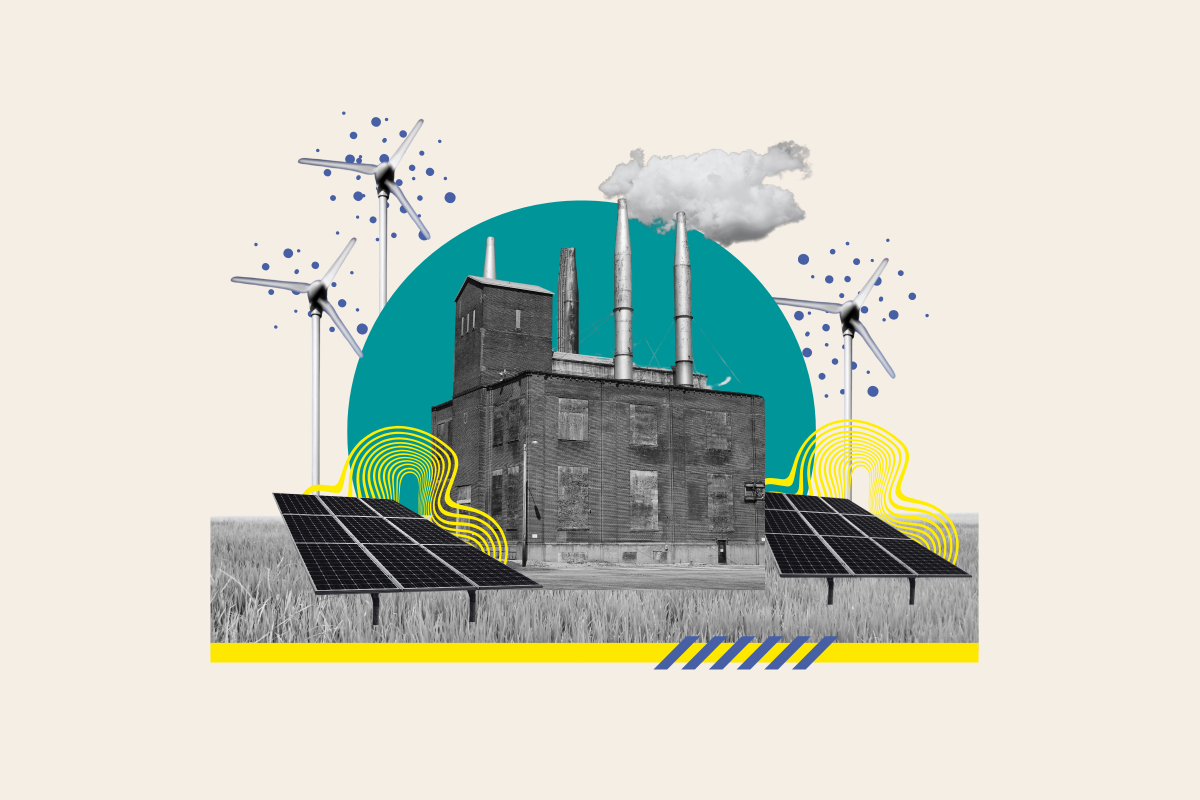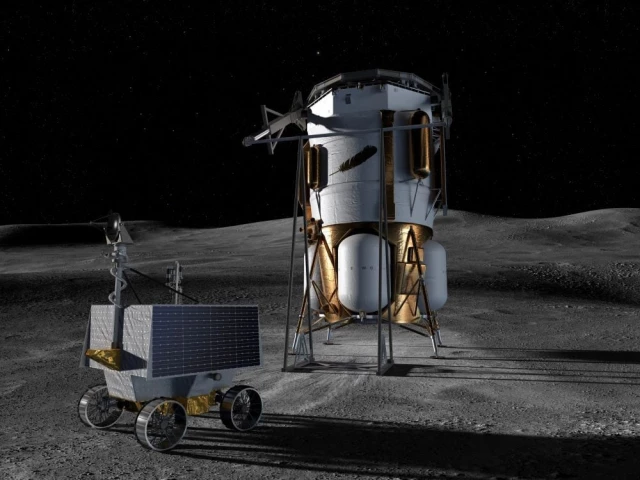Newsweek‘s 2025 ranking of the World’s Greenest Companies highlights major global companies taking action to reduce their impacts on the environment and our climate. Newsweek‘s data partners, Plant-A Insights Group and GIST Impact, reviewed public information on thousands of companies and scored them on performance in greenhouse gas emissions, water use, waste generation and commitment to disclosure of sustainability data.
The resulting list includes 750 large companies. More than half of those companies have had their emissions reduction goals certified by Science Based Targets initiative (SBTi). An independent nonprofit, SBTi evaluates a company’s decarbonization plans according to how much and how quickly they need to cut emissions to meet international targets to prevent the worst effects of climate change.
The companies on the list have undertaken important and often difficult work to reduce the carbon pollution from their operations, energy consumption and supply chains.
But as crucial as those efforts are, a company’s low carbon footprint isn’t the only way to assess its climate impact.

Photo-illustration by Newsweek/Associated Press/Canva
“Many companies that need to transition in order for the world and the economy to transition to a low carbon economy have a fundamentally high carbon footprint,” Harvard Business School Professor of Business Administration George Serafeim told Newsweek.
Companies in information technology, electronics and financial services tend to dominate rankings of green companies—industry sectors that are inherently less carbon-intensive by the nature of their work. But Serafeim said it is the highly-polluting sectors such as steel, cement and heavy manufacturing that must do the dirty work of decarbonizing, cleaning up the industries with the most emissions.
“The question is, how can those companies develop products and services to satisfy demand in the marketplace in a way that creates lower carbon emissions?” he said.
Serafeim is co-leader of a lab within Harvard’s Digital Data Design Institute that set about developing a way to measure climate work that tackles the hard-to-decarbonize areas of the economy.
The researchers started by turning the problem on its head. Net-zero targets or other emissions reduction plans take a business risk approach, Serafeim said—carbon pollution presents a risk the company is seeking to reduce.
“We have adopted a business opportunity perspective rather than a business risk perspective,” he said. The team identified about 80 business opportunities in key technologies and practices that are most important to a low-carbon economy, including renewable energy, batteries, electric vehicles (EVs), plant-based foods, recycling solutions and low-emissions manufacturing.
Instead of looking for company pledges to reduce emissions, Serafeim and his team looked for proof that companies were increasing investments in those climate solutions. They tapped another emerging technology, artificial intelligence, to help them find proof, developing a large language model to scan business disclosure documents.
The result, called the Institute for Business in Global Society (BiGS) Climate Innovators 100, is a list of companies that you might call a different shade of green.
“Many of those are not the companies that you would think about necessarily as green companies,” Serafeim said. “They are sometimes in energy intensive and, as a result, high carbon-emission industries, and they are transitioning their product portfolios to provide solutions.”
The BiGS Climate Innovators list is not meant to supplant a list of green companies; rather, it supplements rankings of businesses with strong emission reduction goals to provide additional context about the efforts that are needed to meet the climate challenge.
There is some overlap between the Harvard list and the Newsweek ranking of Greenest Companies. EV makers General Motors and Tesla show up on both lists, as do low-carbon energy companies such as Array Technologies and Public Service Enterprise Group.
Agriculture company Bunge makes both lists due to its aggressive emissions reduction targets and its investments in climate solutions. Last June, Bunge officials told Newsweek about the company’s work to cut emissions of a powerful greenhouse gas, N2O, that can arise from the use of nitrogen fertilizer.
In Brazil, where Bunge and its partner companies grow sugarcane for ethanol, the crop has traditionally relied heavily on nitrogen fertilizer. But by switching to biological products instead of mineral additives, the company cut its use of nitrogen fertilizer in half and reduced greenhouse gas emissions by a third.
Other companies on the Harvard list of Climate Innovators might raise some eyebrows among environmentalists. Oil and gas company Valero Energy Corp ranks highly, as does chemical manufacturing giant Dow.
“They are actually providing a lot of advanced materials that are needed,” Serafeim said. “You see a lot of those examples in the list, which reflects the underlying reality, which is basically that they are providing lots of the solutions that the world needs.”
Serafeim said this approach can be a challenge for traditional Environment, Social and Governance investors who seek out companies with the cleanest profiles for a low-carbon portfolio.
“That is just not the way that the world will decarbonize,” he said. “The uncomfortable reality is that we need most of the energy-intensive and, as a result, high carbon-emission companies and industries to be innovating and to be deploying capital for those solutions.”





